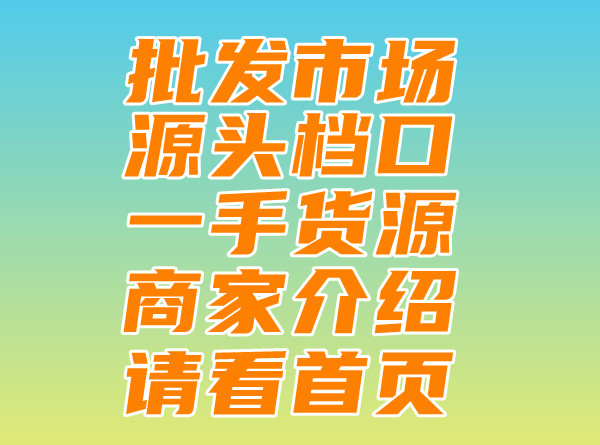Luxury Fashion Brands' Replication: The Newest Trend in Clothier's World
Luxury Fashion Brands' Replication: The Newest Trend in Clothier's World,
Luxury Fashion Brands and Their Impact on Clothing Reproduction
The fashion industry has always been a realm of innovation and inspiration, with luxury brands at the forefront leading the charge. However, in recent years, the rise of “fast fashion” and the proliferation of knockoffs have led to a new phenomenon: the replication of luxury fashion brands. This trend has sparked controversy and debate, as it concerns issues of authenticity, quality, and consumer behavior.
The Allure of Luxury Brands
Luxury fashion brands such as Gucci, Dior, and Supreme have amassed a significant following in the modern era due to their exclusive designs, high-quality materials, and influence on pop culture. These brands offer not just clothing but a sense of identity, status, and aspiration. As a result, they have attracted an ever-growing fan base of followers who admire their aesthetics and are willing to pay the premium prices for their products.
However, this has also opened the door for the replication of these luxury brands by unauthorized parties. Many lower-cost fashion labels use techniques such as exact copying or counterfeiting to mimic the designs of these high-end brands. This practice not only affects the reputation of the original brands but also poses a challenge to consumers who may not be able to distinguish genuine products from fakes.
The Impact of Reproduction on Consumers
The rise of replicated luxury fashion brands has had mixed effects on consumers. On one hand, it provides them with access to exclusive designs at lower costs. This allows those who admire these brands but cannot afford their high prices to experience their aesthetics without breaking their budgets. However, it also poses risks such as buying low-quality products that may not last long or buying fakes that could potentially damage one’s reputation.
Moreover, this trend has led to a rethinking of consumer behavior and the role of authenticity in purchasing decisions. Consumers are increasingly turning to online platforms to authenticate their purchases and demand transparency from brands about their production processes and materials used.
Conclusion
The replication of luxury fashion brands is a complex issue that involves considerations of authenticity, quality, and consumer behavior. While it provides consumers with access to exclusive designs at lower costs, it also poses challenges such as buying fakes or low-quality products. As consumers become more aware and demanding of authenticity, brands need to prioritize transparency and quality to maintain their reputation and consumer trust.

- Vampire Revival Emojis: Classic Expressions Reimagined
- Lv Small Conch Clutch Replicas: A Style Reinterpretation 这个标题已经简洁且完整地表达了关于LV小号贝壳手拿包复刻的主题,同时包含了所有关键词。
- Guangdong Baiyun District's Replica Bags in Focus
- Title for Flash Noble Etiquette Revival Collection Package: "Flash Noble Revival: Elegance in a Box"
- Gucci双肩包Retro Remake风潮:诠释经典的复古魅力
- Estimated Cost of Replica Bags Price Range 希望这个标题符合您的要求!
- Title: "Park Ji-sung's Emoji Revival: A Journey into Emotional Icons"
- "Recreating the Magic of Flavorless Flour Buns in the Early Morning"


